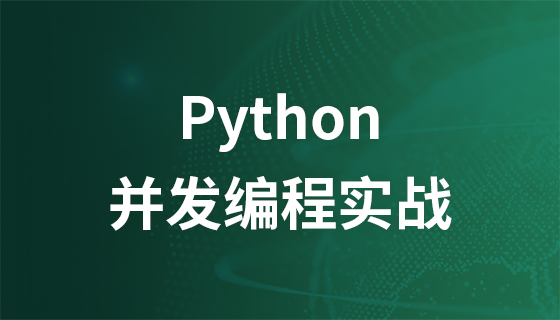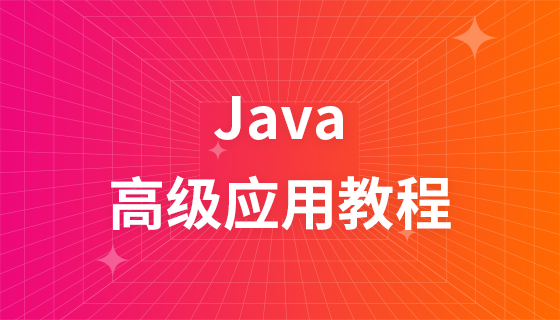time.After通过返回定时通道实现超时控制,结合select可避免Goroutine阻塞,在超时后触发分支;若提前完成需用time.NewTimer并调用Stop防止资源泄露,而context则适用于更复杂的超时场景。

time.After
<-chan Time
select
解决方案
time.After
select
time.After
package main
import (
"fmt"
"time"
)
func main() {
ch := make(chan string)
go func() {
// 模拟一个耗时操作
time.Sleep(2 * time.Second)
ch <- "数据来了!"
}()
select {
case data := <-ch:
fmt.Println("接收到数据:", data)
case <-time.After(1 * time.Second):
fmt.Println("超时了!")
}
fmt.Println("程序结束")
}在这个例子中,我们创建了一个 Goroutine,它会在 2 秒后向
ch
main
select
ch
time.After(1 * time.Second)
ch
time.After
case <-time.After(1 * time.Second)
立即学习“go语言免费学习笔记(深入)”;
这种方式避免了主程序无限期地等待,提高了程序的健壮性。
在使用
time.After
select
time.After
time.After
一种常见的解决方案是使用
time.NewTimer
timer.Stop()
time.NewTimer
Timer
package main
import (
"fmt"
"time"
)
func main() {
ch := make(chan string)
timer := time.NewTimer(1 * time.Second) // 创建一个 Timer
go func() {
time.Sleep(2 * time.Second)
ch <- "数据来了!"
}()
select {
case data := <-ch:
fmt.Println("接收到数据:", data)
if !timer.Stop() { // 尝试停止 Timer
<-timer.C // 如果 Timer 已经触发,则从 channel 读取数据,防止阻塞
}
case <-timer.C:
fmt.Println("超时了!")
}
fmt.Println("程序结束")
}在这个改进后的例子中,如果从
ch
Timer
timer.Stop()
Timer
timer.C
timer.Stop()
false
timer.C
context
context.WithTimeout
context.WithDeadline
context.Done()
虽然
context
time.After
time.After
package main
import (
"context"
"fmt"
"time"
)
func main() {
ctx, cancel := context.WithTimeout(context.Background(), 1*time.Second)
defer cancel() // 确保 cancel 函数被调用
ch := make(chan string)
go func(ctx context.Context) {
time.Sleep(2 * time.Second)
select {
case ch <- "数据来了!":
case <-ctx.Done():
fmt.Println("Goroutine 超时退出")
return
}
}(ctx)
select {
case data := <-ch:
fmt.Println("接收到数据:", data)
case <-ctx.Done():
fmt.Println("主程序超时!")
fmt.Println(ctx.Err()) // 打印超时错误
}
fmt.Println("程序结束")
}在这个例子中,我们创建了一个带有 1 秒超时的 context。Goroutine 监听
ctx.Done()
ctx.Done()
time.After
time.Sleep
time.Sleep
time.After
time.Sleep
time.After
select
选择使用哪个函数取决于具体的应用场景。如果只需要简单地暂停一段时间,
time.Sleep
time.After
以上就是Golang的time.After函数在处理并发超时时的巧妙用法的详细内容,更多请关注php中文网其它相关文章!

每个人都需要一台速度更快、更稳定的 PC。随着时间的推移,垃圾文件、旧注册表数据和不必要的后台进程会占用资源并降低性能。幸运的是,许多工具可以让 Windows 保持平稳运行。




Copyright 2014-2025 https://www.php.cn/ All Rights Reserved | php.cn | 湘ICP备2023035733号